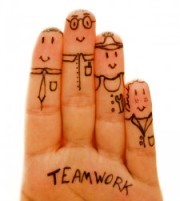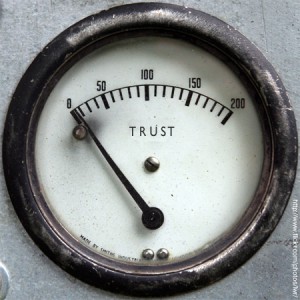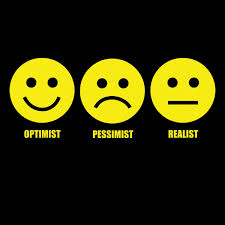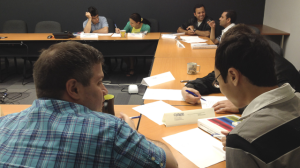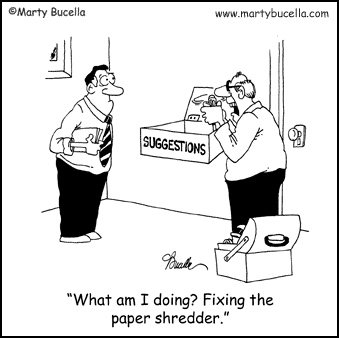The responsibilities of a team-oriented manager/supervisor requires balancing two different sets of skills with a goal of building teamwork in the department.
At times, this is like a balancing act. On one side of the scale is job skills and on the other side is people skills.
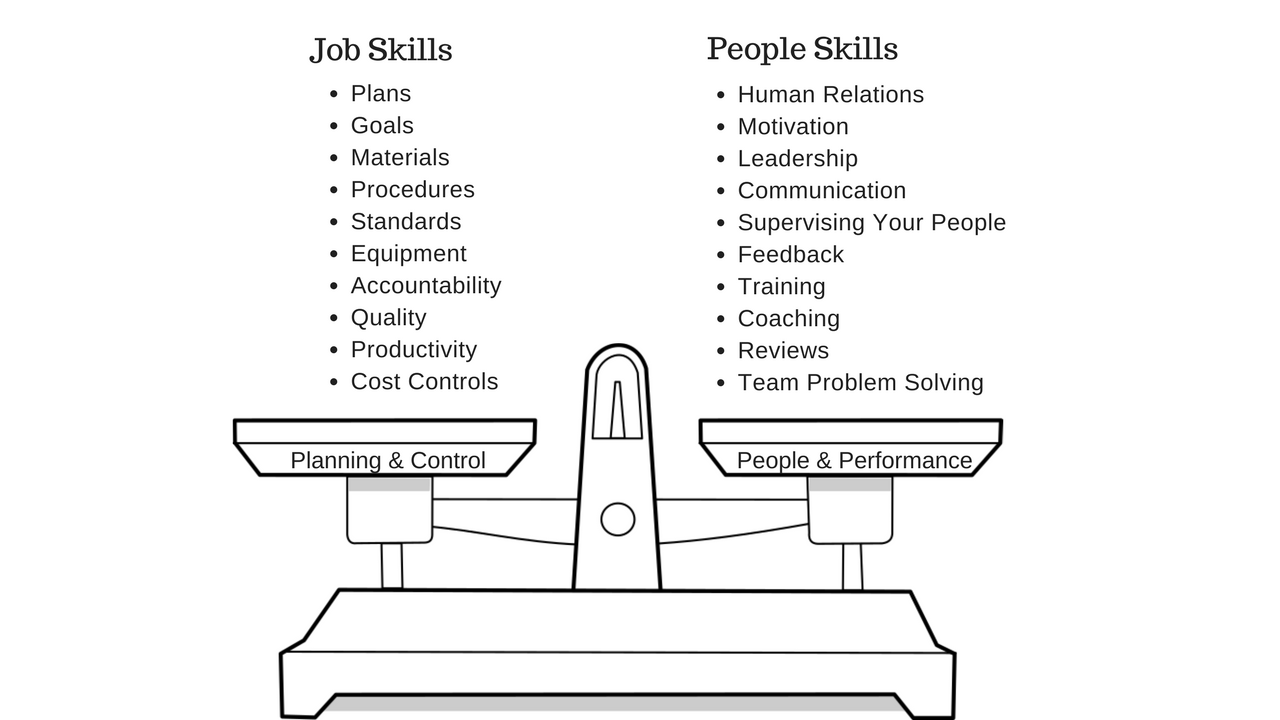
Job Skills
The manager or supervisor needs to plan the direction for the department, set goals and establish standards for quality and productivity. Planning includes allocation of resources and materials for the department. Job responsibilities include control of time, information and costs.
People Skills
On the other side of the scale is people skills. The manager or supervisor needs to understand the responsibilities and develop the skills required to manage and direct people. Teamwork in organizations today is crucial for staying competitive and for continuous improvement. The leader must be able to develop people skills that will foster teamwork.
The Job Skills Balancing Act
Understanding the balancing act required to lead and manage a department is the first step to good management performance. Some people are naturally more skilled at planning and others are better with people.
Before promoting someone to a leadership position it is important to assess their skills and make sure they understand the inherent responsibilities of the job. They must also be motivated to learn all the skills and continuously apply them to improve.
Often and more so in smaller companies, people are promoted to a management or supervisory role with little clarification of the responsibilities and inadequate training. This is a recipe for disaster.
Strengths & Weaknesses
It is important to assess your job and people skills and have a plan for development. Perhaps your need to spend more time planning and analyzing to better communicate with the team. Or do you need to be better at training and coaching people so they are more engaged and productive.
Self-Development Goals
Once you have a better grasp of your development needs you can set goals for personal development as a leader and become better balanced. I suggest working on one skill at a time. By improving one key skill you will experience the benefits and you can then move to another skill.
If you are a leader who has several managers or supervisors reporting to you, take the same approach by assessing the skills of each person. Ask each one to do the same and then compare notes. Set a plan and coach them to success.
Here are some related articles you will find interesting.
Promoting Your Best Performing Employee to Manager
Training and development of employees for improved performance
How to hire & select the right person for the job
Develop a Strategic Plan for Employee Development
Writing a Goal Statement to Change a Behaviour & Habit
How to set and achieve any goal using a goal planning worksheet
